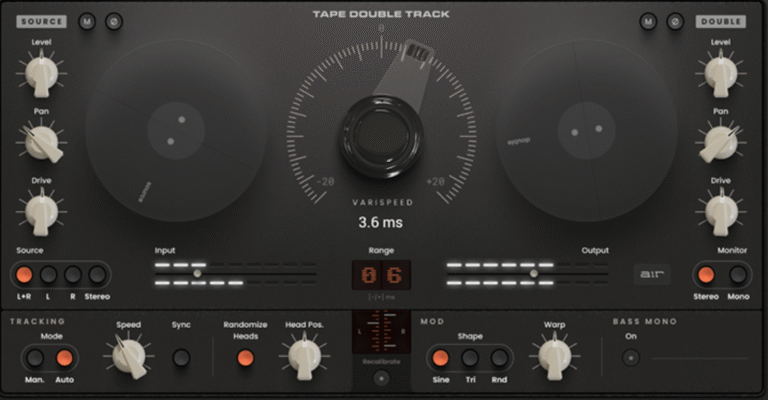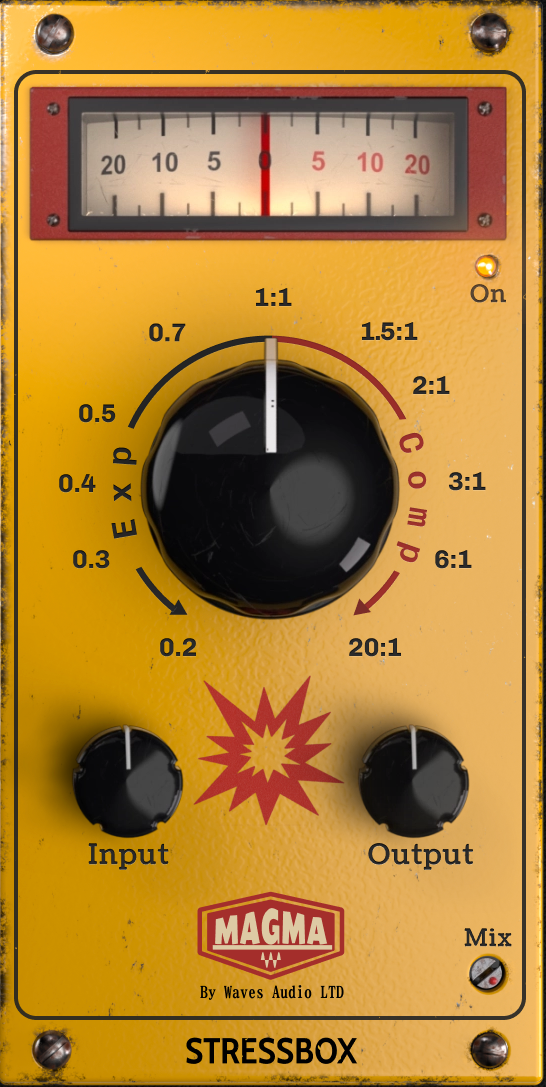The Billboard Hot 100 showcases the hottest tracks each week, but have you ever wondered how loudness impacts these chart-toppers? A song’s loudness level, measured in LUFS (Loudness Units Full Scale), plays a crucial role in creating its dynamic and emotional impact. Let’s analyze the integrated LUFS readings for the Billboard Hot 100 Top 10 (Week of February 17, 2024) and explore how these tracks achieve their unique sound profiles.
Integrated LUFS Readings for the Top 10 Hits:
- “Lovin On Me” by Jack Harlow: -7.1 LUFS
- “Lose Control” by Teddy Swims: -7.1 LUFS
- “Beautiful Things” by Benson Boone: -6.9 LUFS
- “Cruel Summer” by Taylor Swift: -8.2 LUFS
- “Snooze” by SZA: -9.9 LUFS
- “I Remember Everything” by Zach Bryan: -9.6 LUFS
- “Greedy” by Tate McRae: -6.0 LUFS
- “Fast Car” by Luke Combs: -9.8 LUFS
- “Agora Hills” by Doja Cat: -8.4 LUFS
- “Flowers” by Miley Cyrus: -7.6 LUFS
What is LUFS?
LUFS (Loudness Units Relative to Full Scale) is a standard measurement for perceived loudness. Unlike traditional decibels, LUFS accounts for human hearing sensitivity, balancing loudness with dynamic range. This ensures tracks sound good across platforms like Spotify, YouTube, or Apple Music, which normalize loudness for a consistent listening experience.
How These Tracks Achieve Their LUFS Levels
Each song’s LUFS level reflects its genre, emotional tone, and production style:
- High Loudness (-6.0 to -7.5 LUFS): Tracks like “Greedy” and “Lovin On Me” use high loudness to maintain energy and impact, ideal for pop and dance music.
- Moderate Loudness (-7.6 to -9.5 LUFS): Songs like “Flowers” and “Agora Hills” balance loudness with dynamic variation, allowing emotional depth without sacrificing punch.
- Lower Loudness (-9.6 to -10.0 LUFS): Ballads like “Snooze” and “Fast Car” embrace a softer dynamic range to enhance intimacy and preserve subtle details.
Reaching the Desired LUFS in Your Mix
If you’re aiming to match these LUFS levels in your productions, follow these steps:
- Set a Loudness Target: Decide on a target LUFS based on your platform and genre. For example:
- Spotify recommends -14 LUFS (normalized playback).
- Competitive pop tracks often aim for -7 to -8 LUFS.
- Use a Loudness Meter: Tools like iZotope Insight, Youlean Loudness Meter, or Waves WLM Plus can measure LUFS accurately.
- Dynamic Range Management:
- Use compression to control peaks and maintain consistency.
- Apply subtle limiting to achieve the desired loudness without distortion.
- Preserve Dynamics: Avoid over-compression to retain emotional impact and prevent listener fatigue.
- Mastering:
- Fine-tune EQ and multiband compression for tonal balance.
- Apply a limiter to bring your mix to the desired LUFS level while preserving clarity.
Why LUFS Matters for Chart Success
With platforms normalizing playback levels, achieving an appropriate LUFS ensures your track stands out for its quality, not just loudness. Striking the right balance between loudness and dynamics can make the difference between a good mix and a chart-topping hit.
By understanding and applying LUFS principles, you can elevate your productions to compete with the industry’s best. Whether crafting an energetic pop anthem or an intimate ballad, mastering loudness ensures your music connects with listeners as intended.




